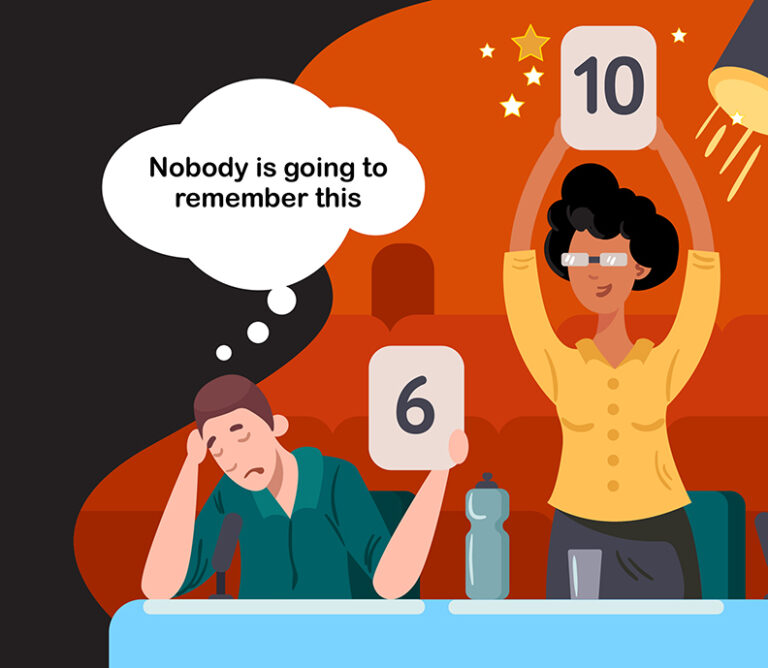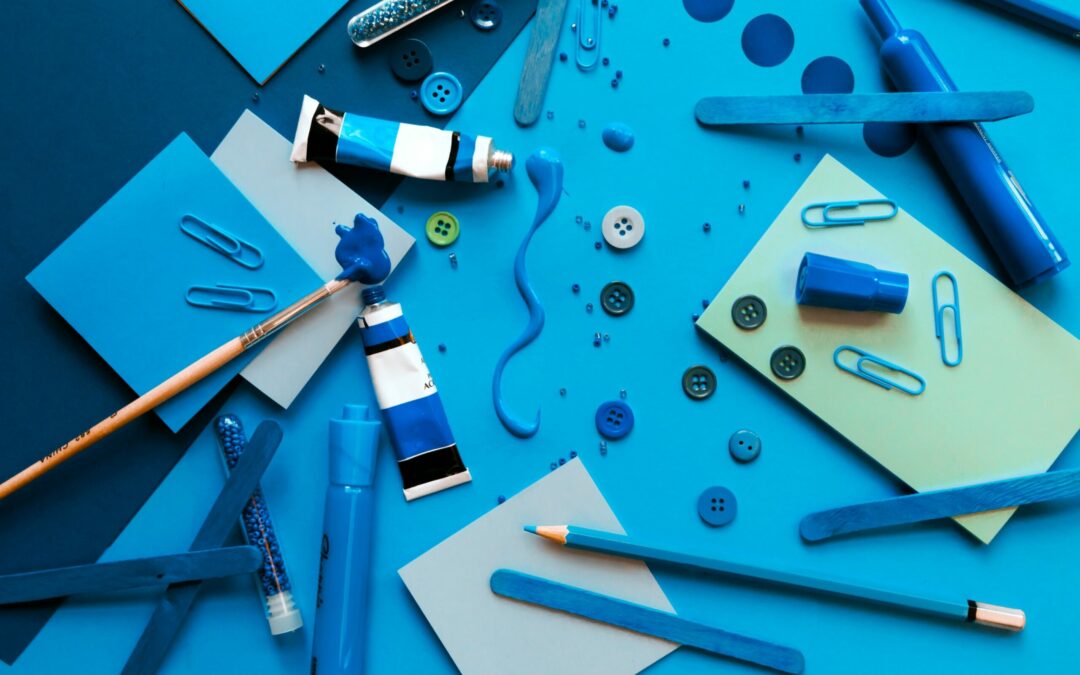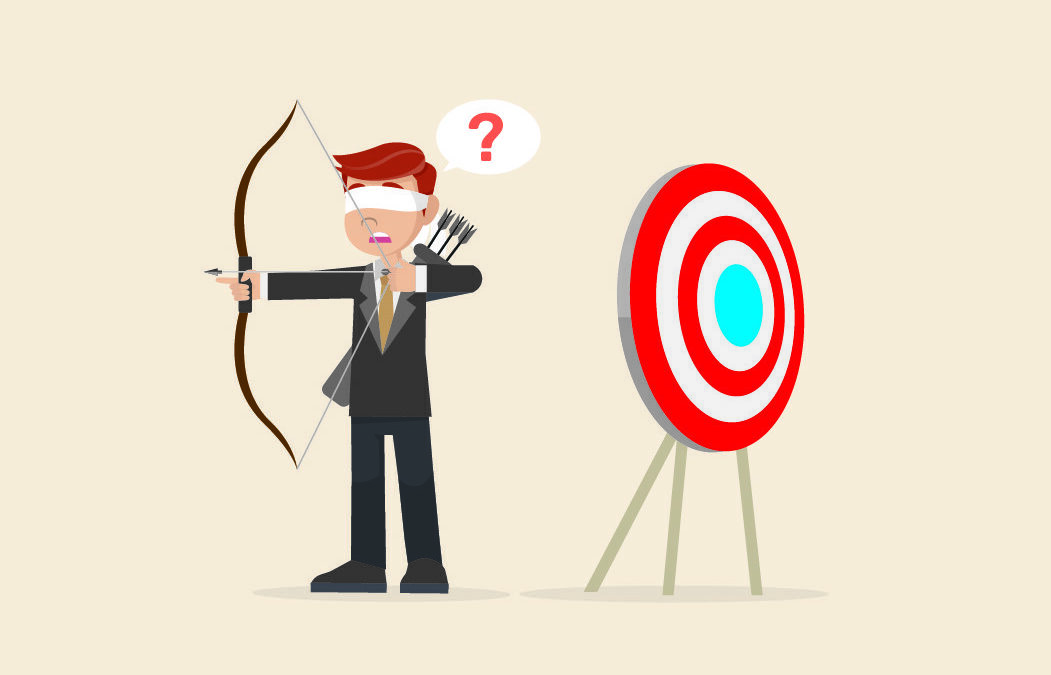
by Dave Maloney | Dec 6, 2023 | Business
I may be showing my age here, but I can still remember the days when Simon Cowell was the judge everyone loved to hate on the TV show “American Idol.” His critiques were razor-sharp, with one classic remark that he’d dish out to contestants after...

by Dave Maloney | Nov 6, 2023 | Business
It’s a common misconception to lump UX/UI and web design/development into the same category. Another widespread misunderstanding, even among those inside the industry, is the belief that UX/UI designers adopt a more strategic approach, considering usability and...

by Dave Maloney | Nov 1, 2023 | Business
For business owners and marketers, the pressure is real when it comes to upholding a strong and unforgettable brand presence. Juggling multiple tasks, maintaining campaigns, crafting engaging social media posts, and delivering fresh content consistently is no small...

by Dave Maloney | Oct 25, 2023 | Business
In the dynamic world of marketing and design, where creativity meets strategy, choosing the right team is crucial to success. Traditional advertising agencies have long been the go-to choice, but there’s a refreshing alternative on the rise—creative collectives...

by Dave Maloney | Feb 12, 2022 | Business
You have engaged with a new graphic designer, copy writer or another creative vendor. It’s common for clients to work under the premise that simply tasking the creative with a project, providing a few instructions that they think are important, and waiting for the...





